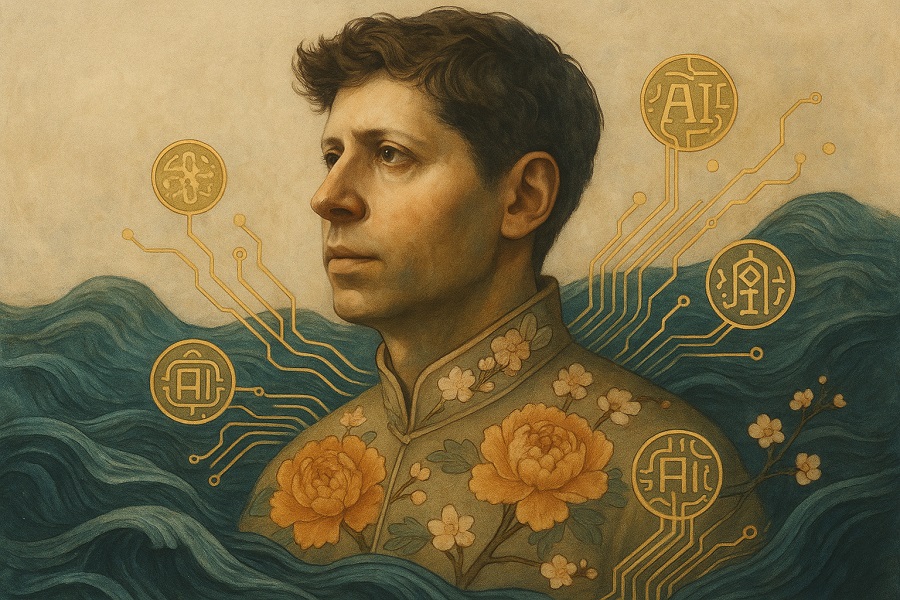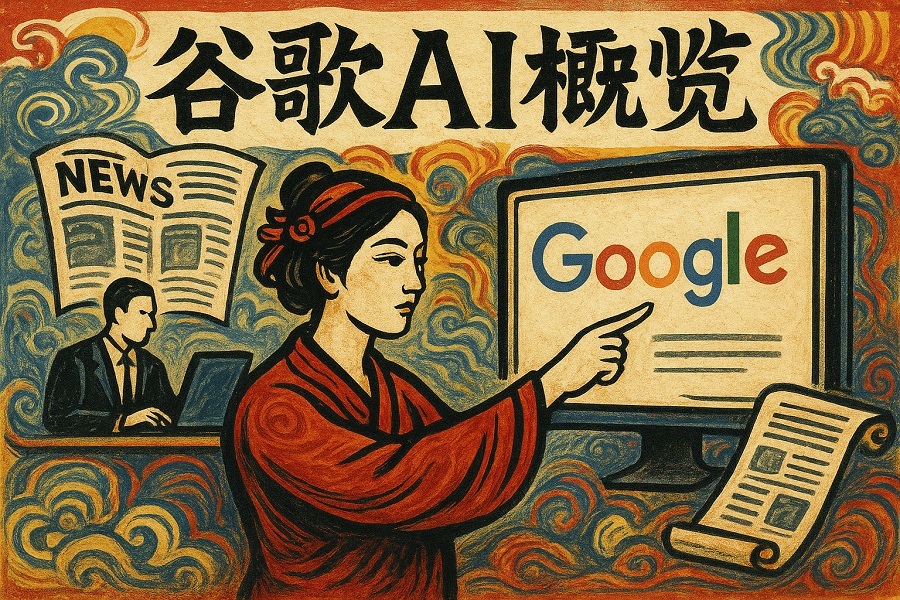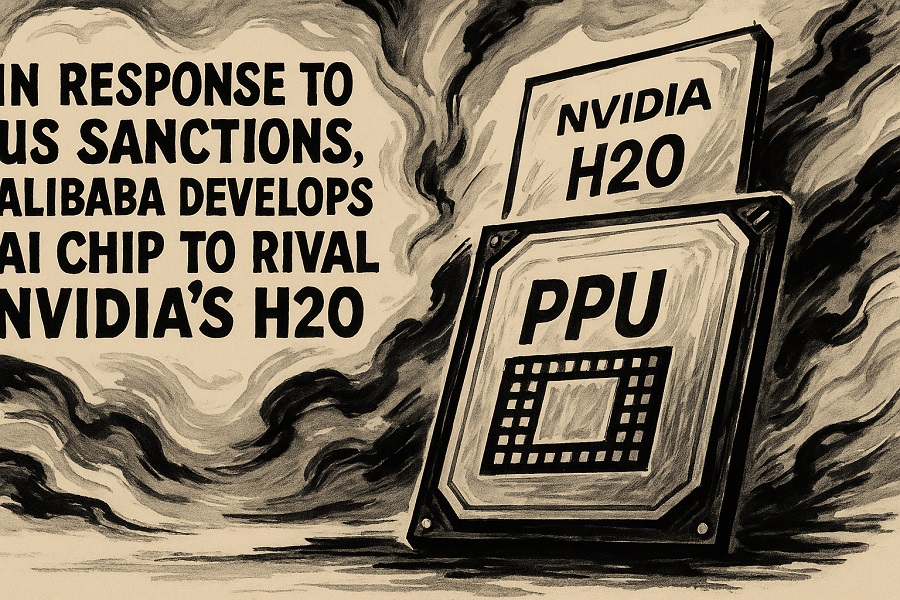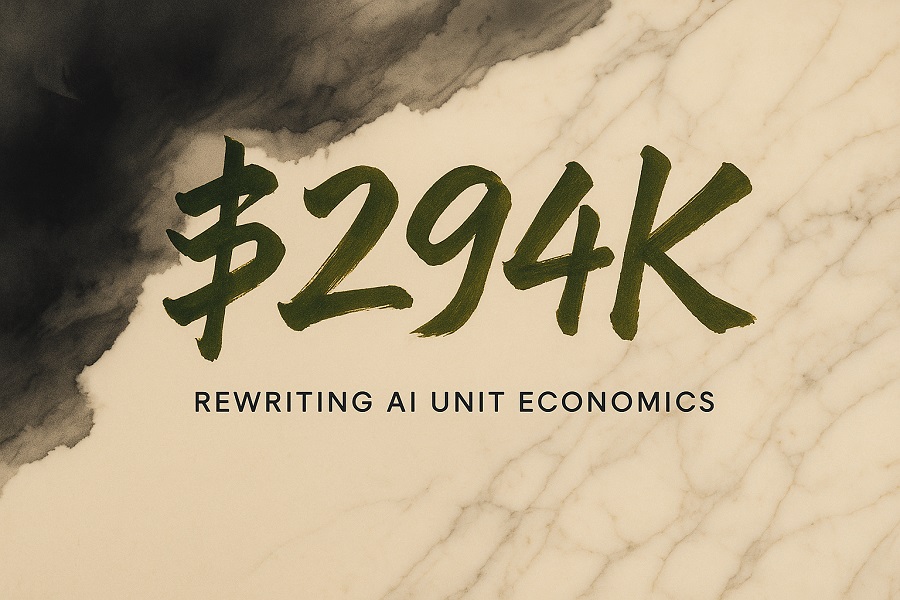Blog
The AI bubble is actually not one but rather three distinct dynamics that coexist | Speculative bubble! Infrastructure bubble!Excessive bragging bubble!

Nowadays, it has basically become a consensus in the industry that there is a bubble in AI. Many company bosses and institutions are preparing for the bursting of the bubble, pondering how they can be less affected at that time. One analyst has a more thorough understanding of the market. He said that there is not just one bubble in the AI field, but three.
The first one is a typical speculative bubble, where the prices of many assets are driven up far beyond their true value. The second one is the infrastructure bubble, which means that people have spent huge sums of money building various infrastructure facilities, but no one can be sure whether these facilities will be fully utilized in the future. The third one is media hype and unrealistic promises, which exaggerate AI to an extreme extent.
Everyone is beginning to dream of the new revolution brought by AI. Those figures all sound dizzying: hundreds of billions or even trillions of yuan of investment have been poured in, company valuations have soared, and the entire stock market is thrilled by the anticipation of a bright future for AI. Everyone is saying that AI can completely transform productivity, automate creativity and revolutionize the way we work. But behind this frenzy of media and capital, there are also more and more negative signals.
A recent research result from the Massachusetts Institute of Technology (MIT) is like a bucket of cold water poured over it: 95% of generative AI projects ultimately fail to create measurable value. In other words, only a very small number of applications can really recoup their costs. Researchers from MIT wrote: “Despite enterprises investing three to four hundred billion dollars in generative AI, the results are astonishing: 95% of the institutions have not received any return on their investment.”
Even Sam Altman, the CEO of OpenAI and the creator of ChatGPT, admitted: “If you ask today’s investors if they are a bit too excited about AI?” I think so.” This statement, coming from the mouth of a leader in the AI competition, carries considerable weight. It should be noted that up to now, the bosses of most AI companies still do not admit the existence of a bubble and are always promising how disruptive AI will be in the future.
However, several well-known economists have said that we are now in a speculative bubble, very similar to the dot-com bubble in the early 21st century. Just as people are increasingly worried about the extent of losses that the bursting of the AI bubble will bring, an analyst named Faisal Hoque said that the situation is even worse. He believes that there are actually three bubbles in the AI field.
Three bubbles in AI
The first one: Speculative bubble
First of all, he believes that AI is undoubtedly in what economists call a “speculative bubble” or a “financial bubble”. As the name suggests, it means that the asset price has risen much higher than its fundamental value. A typical example is the “tulip mania” in the Netherlands in the 17th century. At that time, speculators drove the price of tulip bulbs to sky-high levels because they always believed that someone would be willing to offer a higher price to take them over.
Now, Nvidia’s share price is 50 times its earnings, and Tesla’s is an astonishing 200 times, despite its revenue still declining. The other companies among the “Tech Seven” (Google, Amazon, Apple, Microsoft, and Meta) have also seen their stock prices soar due to their bets on an AI-driven future.
The second one: Infrastructure bubble
While there was a speculative bubble, a large amount of capital also poured into areas such as data centers, graphics cards, cooling systems and energy supply to support the rapid development of AI. The risk here lies in the fact that the construction might be too fast and too large, leading to a serious overcapacity. Before the real market demand can keep up, these expensive facilities will be left idle. This situation has occurred several times in history. For instance, at the end of the 19th century, railway investors built thousands of kilometers of useless railway tracks for a future demand that had never been realized.
A similar incident occurred in the late 1990s. At that time, a huge amount of optical fiber cables were laid to meet the explosive growth of Internet traffic. However, the real demand did not arrive until decades later. Companies like Cisco have suffered greatly from it. In the late 1990s, Cisco’s share price rose by more than 450% within two years, and its valuation once reached 120 times the expected earnings for the next year. But later, the earnings growth was not so fast. In less than a year, the stock price dropped by 70%.
Today, analysts at McKinsey say that a $7 trillion “data center scale race” is underway for AI. Just for the eight projects in 2025, the investment commitment in AI infrastructure has already exceeded $1 trillion.
The third one: Media bubble (Unrealistic promises)
The third bubble is the media hype bubble, that is, the hype around this technology is extremely exaggerated. Everyone’s commitment to this new technology far exceeds reality, and the discussions are increasingly deviating from what it might truly achieve in the future. Do you still remember the hype around NFTS a few years ago? That is a typical speculative bubble. AI is in a similar situation to some extent. All kinds of media are filled with content related to AI, and the AI craze has become a catchphrase in the business world in recent years.
Those exaggerated promotions and unrealistic expectations might mask the real limitations of AI systems at present. If the company is carried away by such enthusiasm and fails to seriously assess its true needs, the project is very likely to fail. As a study by MIT reveals, 95% of AI projects fail.
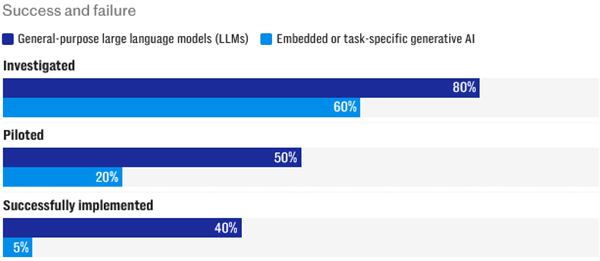
AI bubble is actually not one but a combination of three
The AI bubble may burst and trigger a disaster
A highly influential economist said that the current bubble in the AI market is even larger than the Internet craze in the late 1990s. He believes that the top ten AI concept stocks now are more out of step with reality than the tech giants of the 1990s. His chart is a stern warning: history may repeat itself.
One reason why the bubble might burst is the shortage of Gpus (graphics cards). Sam Ultraman also mentioned this issue. Another reason is data centers. Tech giants have already invested billions of dollars in them, but they themselves may also become a bottleneck for the development of AI.
Analysts believe that from a software perspective, AI is a huge bubble because now everyone can develop decent software, such as DeepSeek in China. Its emergence is regarded as a “survival threat” to OpenAI’s business model, as it can achieve similar results to its American rivals at a much lower cost.
On the other hand, the AI bubble related to hardware may persist for many more years. The demand for AI chips has been on the rise. As long as no competitor emerges that can truly challenge NVIDIA’s market position, this trend will continue. Simply put, the bubble of software AI could burst at any time like the dot-com bubble, but the stocks of AI chip companies seem much more stable.
AI still has the potential to create value
Faisal Hawke said that we can learn a lesson from the dot-com bubble of the 1990s: “A technology can be hyped beyond its actual capabilities, but it is still very important in itself.” When valuations return to rationality, those companies that focus on solving practical problems with existing technologies can survive well, whether before, during or after the bubble bursts.
In simple terms, companies that systematically utilize technology to create value will grow and thrive. So, the key lies in what method you use to seize this value. The analyst gave the company several suggestions:
Start from the problem: First, identify the headache-inducing areas in the company – such as repetitive tasks, information bottlenecks, and frequently made mistakes – and then see if AI can solve them.
Balanced investment: Combine small projects with quick returns and low risks, medium-term strategic investments, and bolder long-term bets.
Comprehensive integration: Link each AI project with the company’s overall strategy, allowing them to promote each other and generate snowballing value.
This analyst believes that the AI bubble is far from being a threat; for those who are pragmatic, it is actually a good thing. He said, “The dot-com bubble left us broadband and experienced programmers.” The AI bubble will also leave us GPU clusters and machine learning engineers. The smartest approach is not to avoid bubbles or try to perfectly grasp the investment timing, but to let others bear the financial risks while you reap the operational benefits.
The essence of the AI bubble and the opportunity for civilization
Since the release of ChatGPT in 2022, Silicon Valley has been promoting that AI chatbots will transform the economy. Bosses have spent billions of dollars equipping their employees with AI tools and predict that they can save a significant amount of costs. But this promised AI revolution seems to have come to a standstill. A survey by MIT found that “only 5% of AI pilot projects generated millions of dollars in value, while the vast majority of projects got stuck and had no measurable impact on companies’ profits.”
The situation is obvious: AI is experiencing a frenzy that cannot last long. Whether it is the market, researchers, or even the leaders of industry giants, all agree on this point. So, could this be a disaster? Not necessarily. The bursting of the bubble is not the end of technology, but the conclusion of a period of excessive speculation.
The bubble will dissipate sooner or later. But for professionals, this is not an insurmountable obstacle; rather, it is an opportunity that allows us to take a step back, calm down, and choose truly useful application scenarios to prepare for the future. By then, the quality of a company will no longer be judged by its boasts, but by its ability to solve practical problems and create real value.
Analysts believe that the true revolution of generative AI may not have begun yet. Perhaps only after the current bubble bursts can we witness the emergence of those killer applications that can truly transform our work and society, just like the Internet did back then.
The history of mankind has never been a linear progress but rather a tortuous and repetitive process. As the I Ching states: “When things reach their extreme, they will reverse; when adversity reaches its peak, prosperity will follow.” The development of technology is often accompanied by illusory expectations and shattered illusions. Today’s AI, just like the tulips of the 17th century, the railways of the 19th century, and the Internet of the 20th century, is shrouded in the fog of a “triple bubble”.
Speculative bubbles remind people of what Zhuangzi said, “Morning mushrooms do not know the change of day or night.” People forget the essence of things due to the short-term illusion of wealth.
The infrastructure bubble, as Confucius said, “Haste makes waste.” Excessive construction, on the contrary, hinders the realization of true value.
The media bubble is more like the “allegory of the Cave” in Plato’s “The Republic” : we stare at the shadow but mistake it for reality.
However, bubbles are not entirely disasters. Heidegger reminds us that technology is not only a tool but also a way to “reveal the world”. When the bubble subsides, what remains will be a new foundation: broadband once shaped the Internet society, and GPU and large model engineers might become the cornerstone of the AI civilization.
Therefore, the truly important question is not “whether bubbles exist or not”, but “how do we distinguish reality from illusion”.
When the fog of the bubble clears, where will the true value of AI shine? The following four areas are most likely to become the core values of the AI civilization:
- Health: This is the empowerment of human “existence” itself. AI will not only be an assistant to doctors, but also an innovator of medical paradigms. From precise diagnosis (the accuracy of AI in analyzing medical images has surpassed that of human experts in some fields), to new drug development (shortening the research and development cycle from several years to several months by simulating protein folding), and then to personalized treatment plans (customizing health management plans based on an individual’s genetic and life data), the goal of AI is to extend the length of life. And greatly enhance the quality of life.
- Education: This is the inheritance and liberation of human “wisdom”. The education model in the industrial age was standardized and one-to-many, while AI is expected to realize the “teaching students in accordance with their aptitudes” that educators have longed for for thousands of years. AI can serve as a personalized mentor for each child, dynamically adjusting teaching content and methods based on their learning progress, interests, and cognitive characteristics. It can free teachers from the heavy burden of grading homework and administrative affairs, allowing them to return to the essence of “imparting knowledge, teaching skills and resolving doubts”, and focus on stimulating students’ creativity and cultivating a sound personality.
- Labor: This is the release of human “creativity”. The core of the AI revolution is not simply to replace human positions, but to redefine the connotation of “work”. It will undertake the vast majority of repetitive and procedural mental and physical labor, enabling humans to break free from the shackles of “working for survival” and shift towards more creative, strategic and emotionally interactive activities. AI will become a research partner for scientists, a Muse for artists, and a simulated brain for engineers, accelerating human exploration in unknown fields.
- Culture: This is an expansion of the human “spiritual world”. AI is not merely a tool, but a new medium, and even a new “other”, which can inspire us to deeply reflect on our own existence. It can be deeply integrated with art, music, literature and philosophy, creating unprecedented art forms. It can also help us restore, translate and understand the ancient civilization heritage that is on the verge of disappearance. More importantly, interaction with AI will force us to re-answer those ancient philosophical questions
The story of AI will ultimately not be about machines, but about people. As Hegel said, “The true subject of history is freedom.” Technology is merely a medium; the ultimate goal is to enable humanity to think more freely and exist more profoundly.


